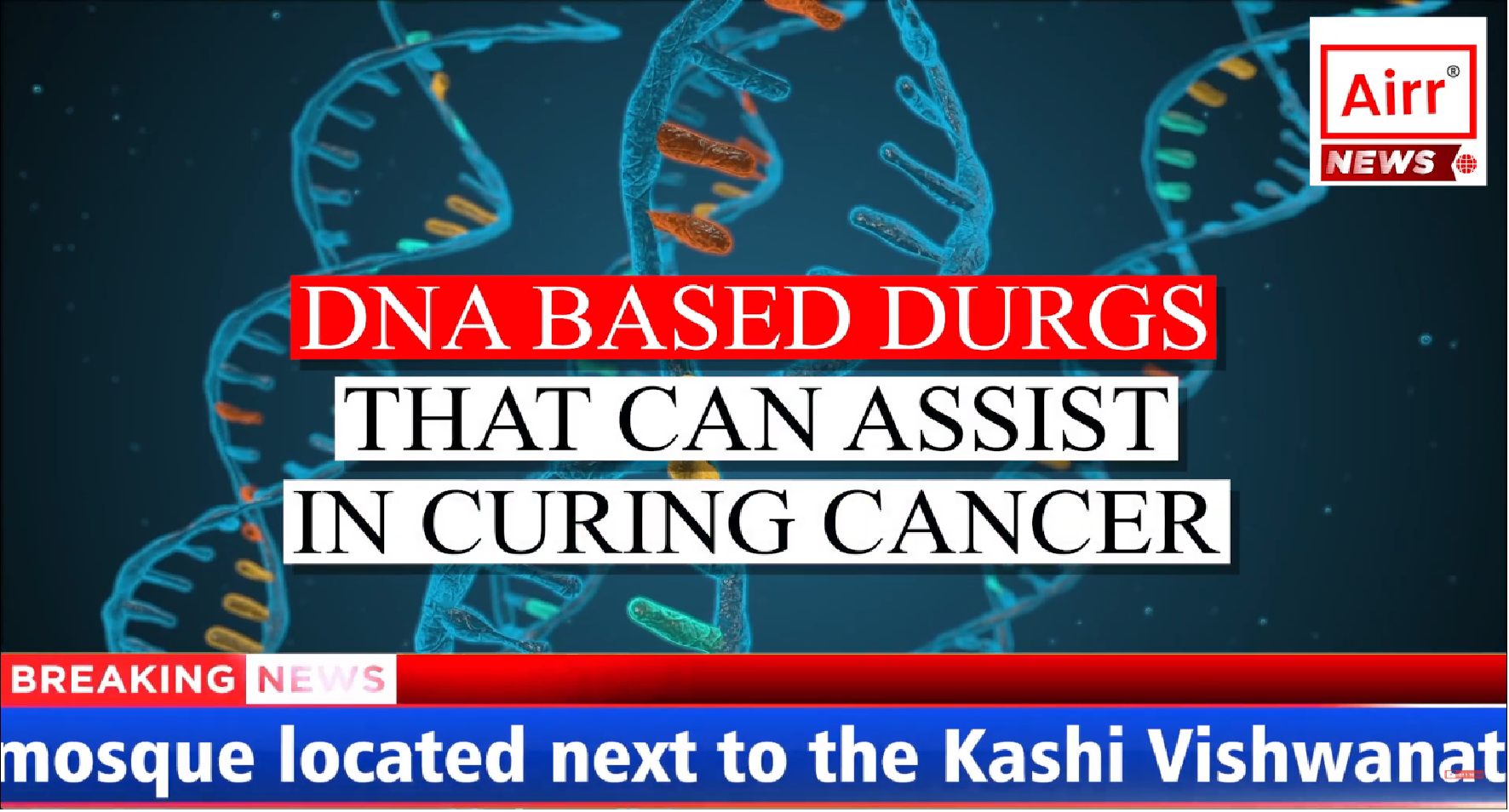Scientists and researchers are working in the field of DNA nontechnology to create cancer cures that could have the potential to be less toxic. In this episode, we will explore various DNA-based drugs that can assist in curing cancer.
But first, please like the video and subscribe to our channel for more such content in the future. Push the bell icon to receive updates every time we upload a video.
Conventional cancer treatments, such as chemotherapy and radiation therapy, comes with the dangers of side effects. With DNA-based drug delivery, scientists may be able to create drugs that are less toxic than their traditional counterparts.
DNA materials are largely used in bioimaging, biosensing, and drug delivery and have proven to be significantly biocompatible. Researchers working in the field of DNA nanotechnology have modified DNA structures “to construct DNA nanostructures to with a variety of architectural designs.”
An article published on MDPI mentions the following:
“…Aptamers are single-stranded nucleic acids (both DNAs and RNAs) capable of self-pairing to acquire secondary structure and of specifically binding with the target. Diagnosis and tumor therapy are prospective fields in which aptamers can be applied. Many DNA nanomaterials with three-dimensional structures have been studied as drug delivery systems for different anticancer medications or gene therapy agents. Different chemical alterations can be employed to construct a wide range of modified DNA nanostructures…”
Chemically altered nanomaterials are extremely stable and can precisely deliver drugs to the affected areas. DNA-based nanostructures such as nanotubes, tetrahedral and icosahedral have recently been developed for in vitro and in vivo drug delivery applications.
Why are DNA-based drug delivery systems less toxic?
DNA is a genetic material that has incredibly less cytotoxicity and high biocompatibility, making it a perfect candidate for applications in biomedical.
An article published on the National Library of Medicine mentions:
“Its remarkable molecular recognition properties, and complementary base pairing, along with its stability, mechanical rigidity, nano-dimensions of the repeating unit, easily custom synthesis with manipulative length of strands allow the formation of most every shape of nanostructures. Moreover, high drug loading efficiency and effective cellular internalization further support DNA origami as a programmable “smart” building block for the construction and development of versatile highly nontoxic drug nanocarriers.”
In the next episode, we will explore how Photodynamic therapy is being used to cure cancer patients.
How did you find this information? Please mention this in the comments section. We would also like to know the kind of content you want to watch, and we will try to create it for you. For more news and updates, follow Airr News.
#Cancer #CancerPatients #CancerCure #DNAOrigami #DNANanotechnology #Nanostructures #CancerSurvivors #FightingCancers #DNABasedDrugDelivery #CancerousCells #Immunotherapy #BioCompatible #Cytotoxicity #AirrNews #NewsInEnglish

